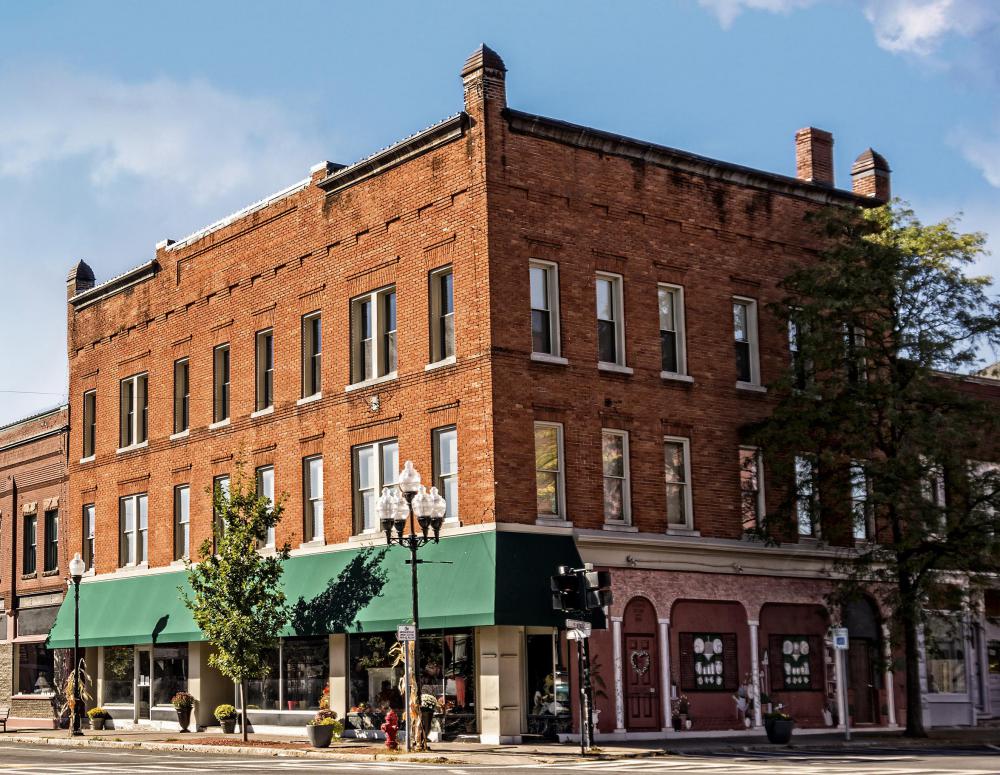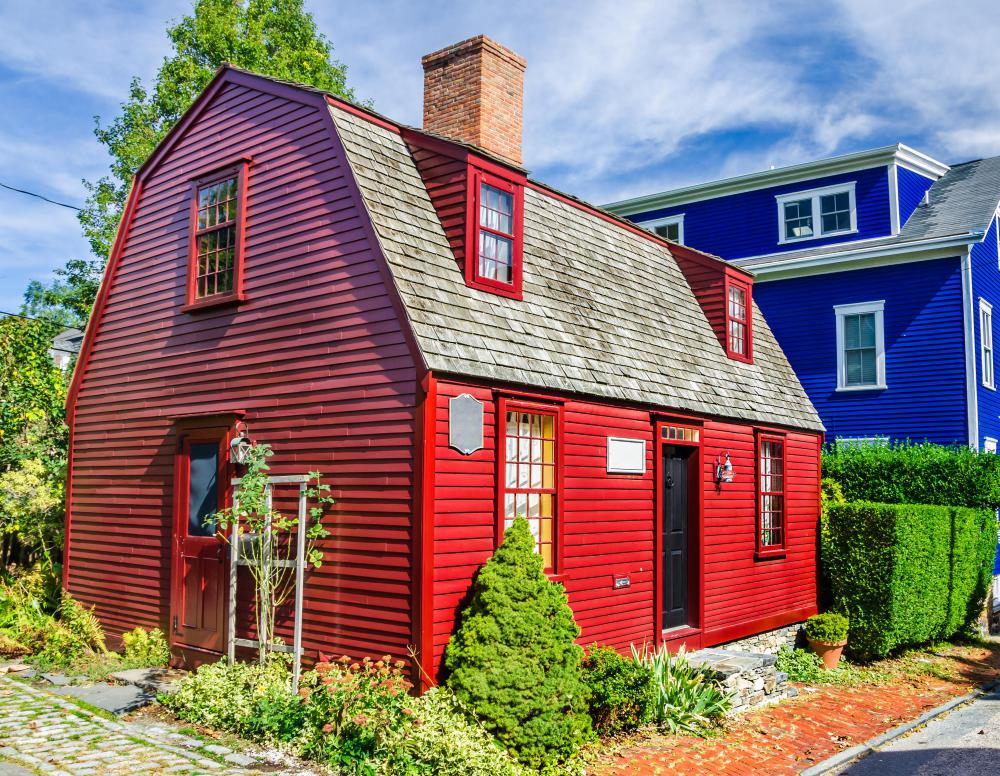At WiseGEEK, we're committed to delivering accurate, trustworthy information. Our expert-authored content is rigorously fact-checked and sourced from credible authorities. Discover how we uphold the highest standards in providing you with reliable knowledge.
What is Historic Preservation?
The term historic preservation is typically applied to efforts in the United States and Canada to preserve and protect places, objects, buildings, and artifacts of historical significance. The practice of historic preservation almost always applies to an environment that has been built rather than to a natural environment or wilderness. Such activities lead to historic buildings, historic districts, historic parks, and other designations that essentially preserve and protect something of historical significance. Historically preserved buildings and sites are often placed on the National Register of Historic places.
In the United States, historic preservation has led to the development of historic districts. These are areas, such as downtown areas or historical sites, that have been preserved and protected to show both the history and the character of the region. This, in turn, has encouraged downtown revitalization in many cities across the country, which allows cities to draw tourists and stimulate local economies that otherwise would have remained stagnant or worse. Such practices have been especially effective in rural areas or smaller urban areas with less industry than major cities.

Perhaps one of the most significant events to promote preservation in the United States came in 1964 when Penn Station in New York City was destroyed. The main concourse was considered historically significant and architecturally unique, but declining passenger service and revenue encouraged the city to destroy and rebuild the station with a more modern look. This event caused international outrage and helped spark a more ardent push for preservation of historical buildings and sites in the United States, as well as New York City's first architectural preservation statutes.

Destruction of such sites and the subsequent preservation of others led to the formation of many private preservation groups, such as the National Trust for Historic Preservation. This group is a privately-funded non-profit organization dedicated to preserving and protecting historic sites; they have been in existence since 1949 and maintain almost thirty sites nationwide. On an international level, the World Monuments Fund was created in 1965 to preserve sites all over the world.

While historic preservation relies heavily on volunteerism, recent decades have seen many professional careers develop in the field. Scholars and researchers may find work as a historian of a particular preserved site, researching the site's history and cultural importance, and in many cases turning such sites into educational opportunities for the community. Many fields of architecture apply to historic preservation as well, and a historical architect might develop plans for revitalization, do research on the architectural history of a site, and so on. Further, several higher education degrees have been developed to concentrate on the field of historic preservation. Many colleges and universities offer degrees in preservation planning, historic preservation, building conservation, and other related fields.
AS FEATURED ON:
AS FEATURED ON:













Discussion Comments
It is true the loss of Pennsylvania Station was a key event in the history of preservation but it was precluded by years of advocacy not only for other buildings but for a law to protect NYC's landmarks.
For more on that story turn to the book "Preserving New York: Winning the Right to Protect a City's Landmarks." Another source of information on preservation history is the New York Preservation Archive Project.
Post your comments